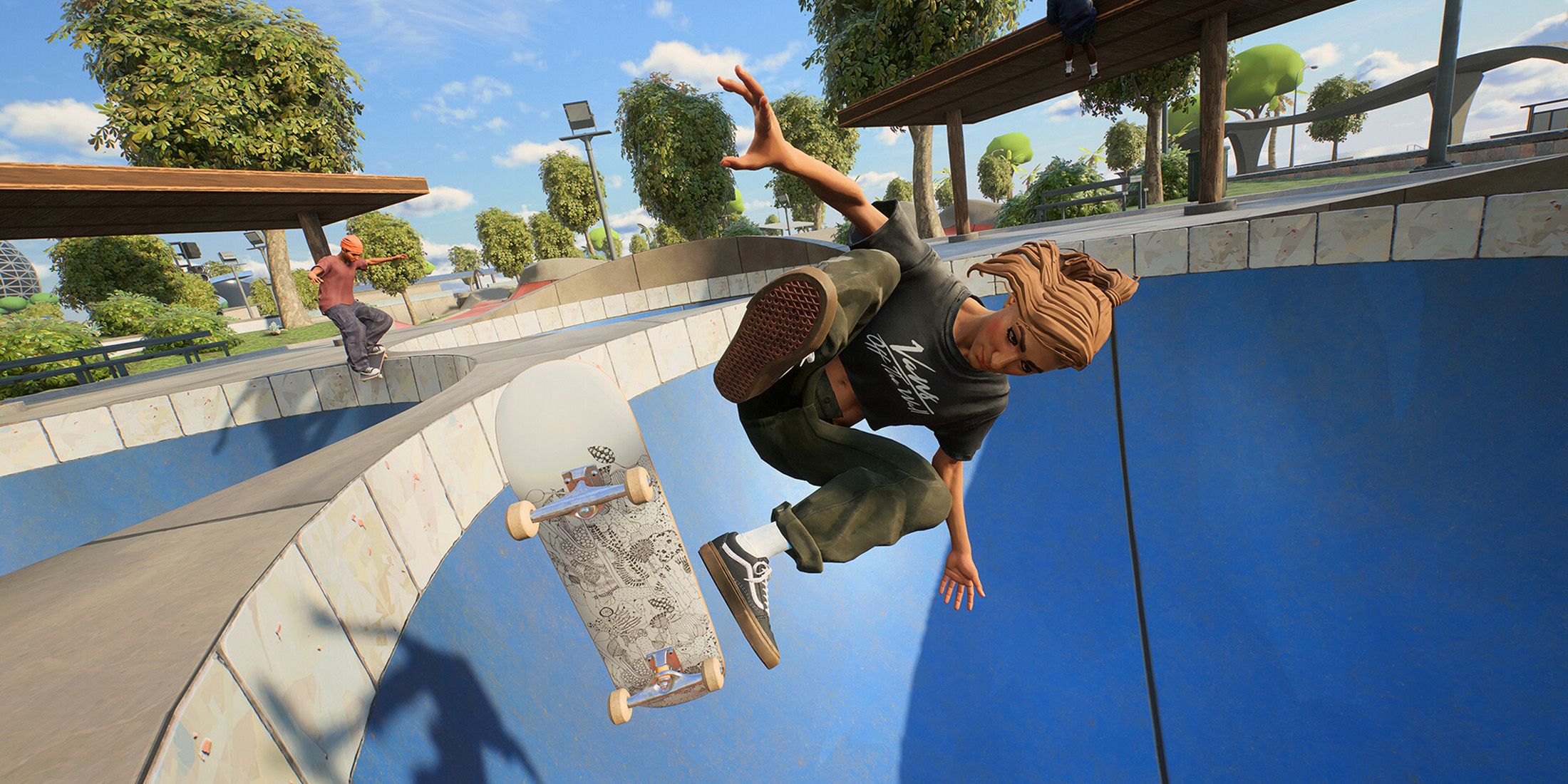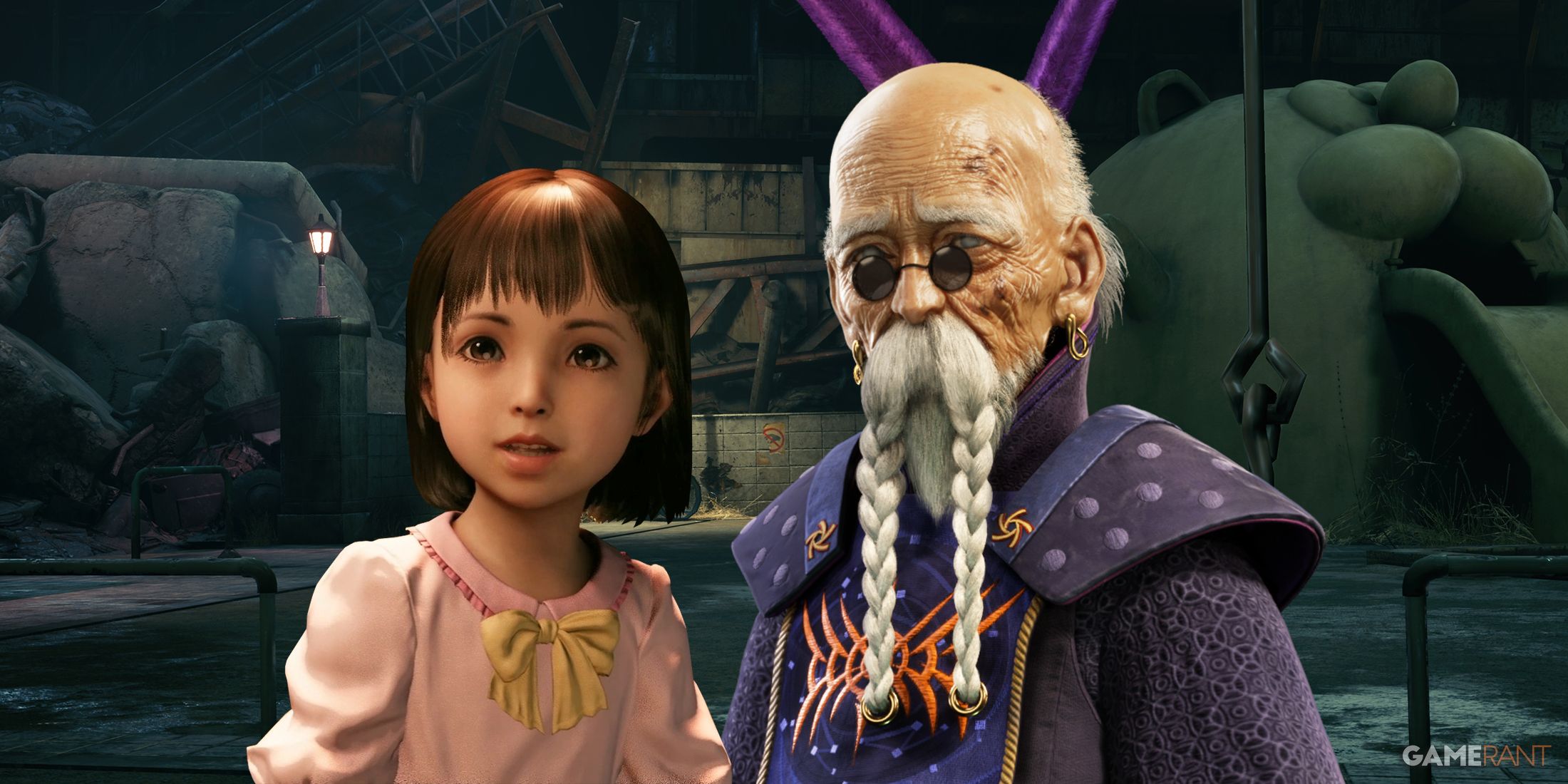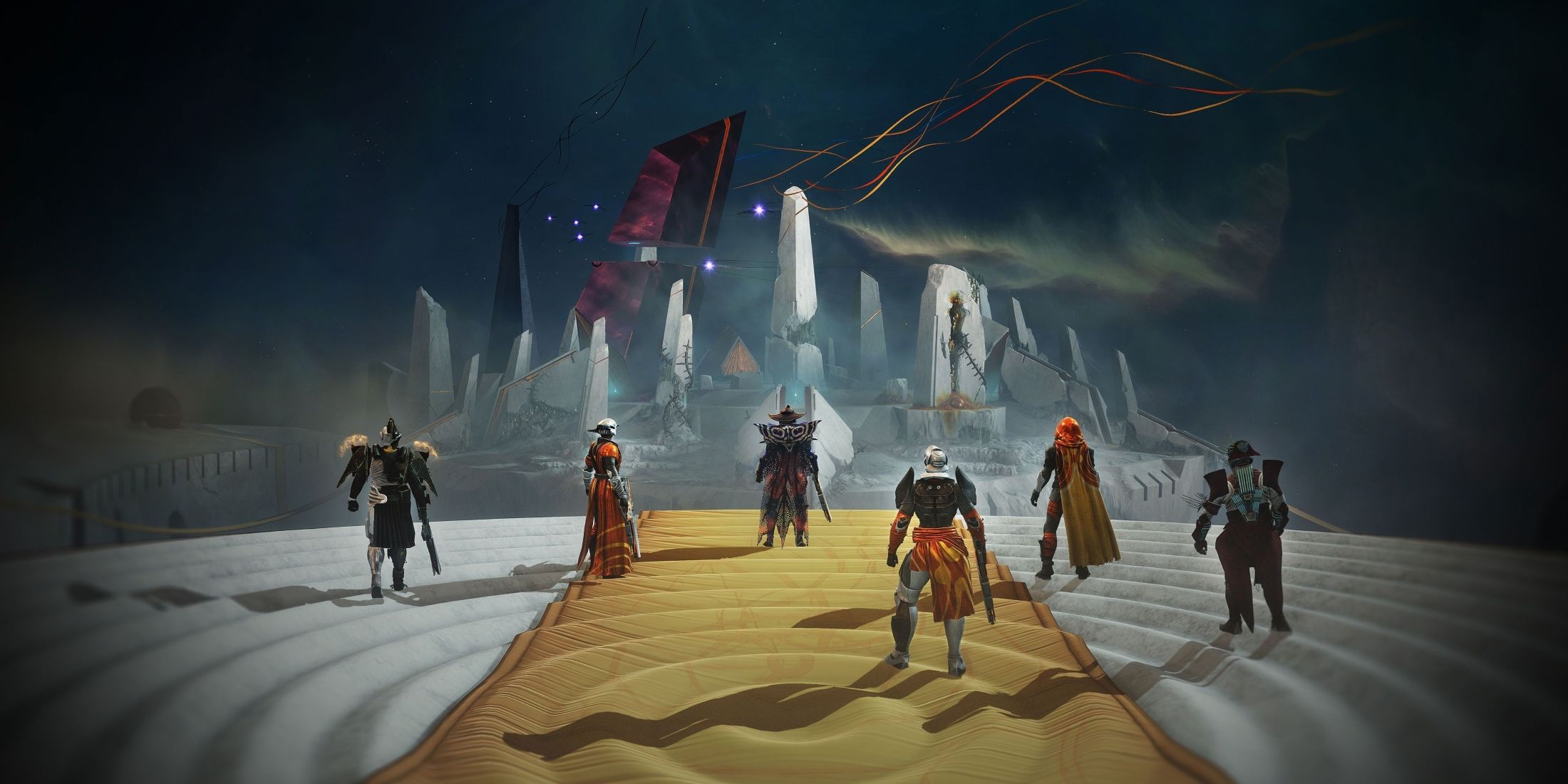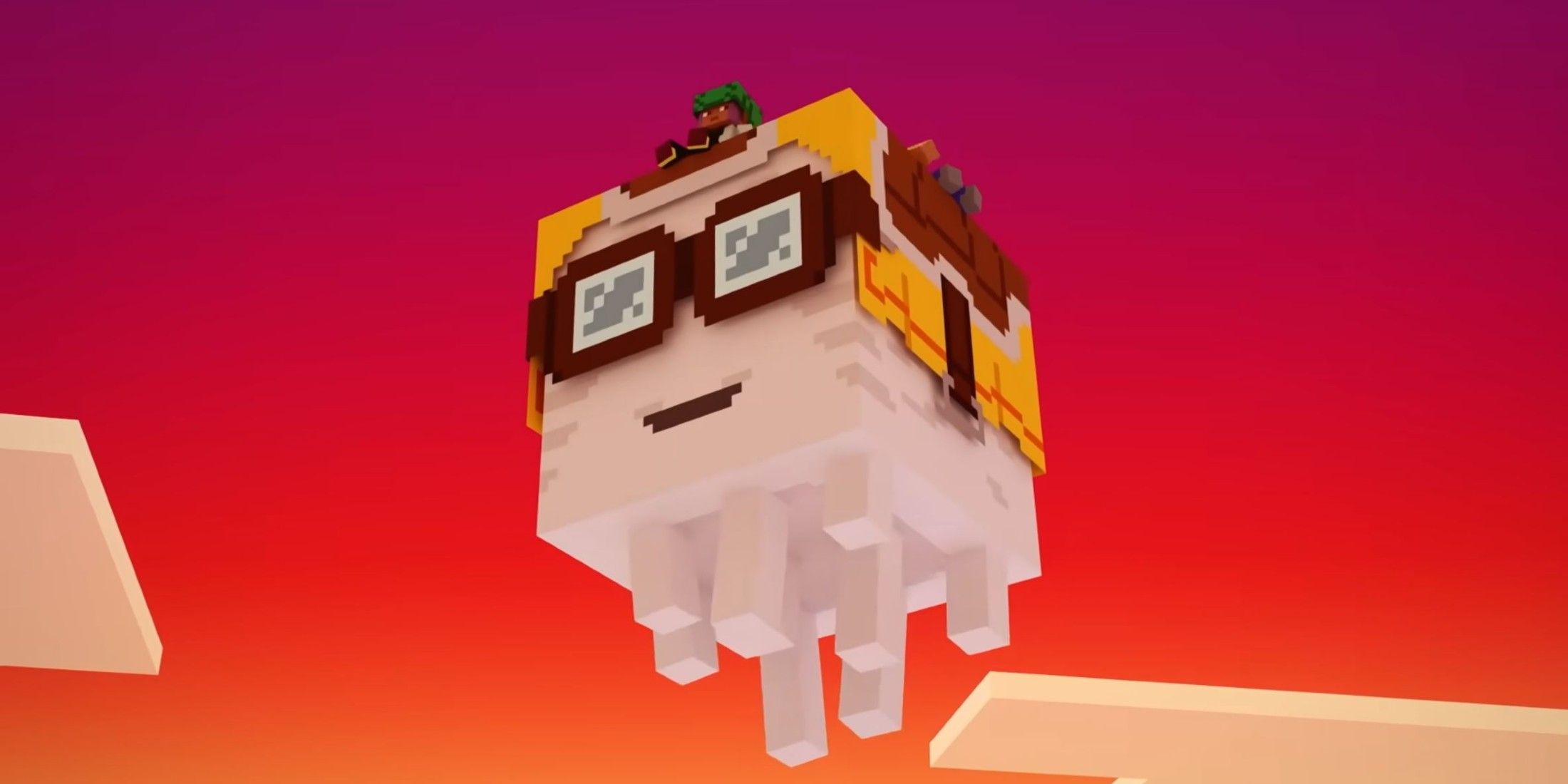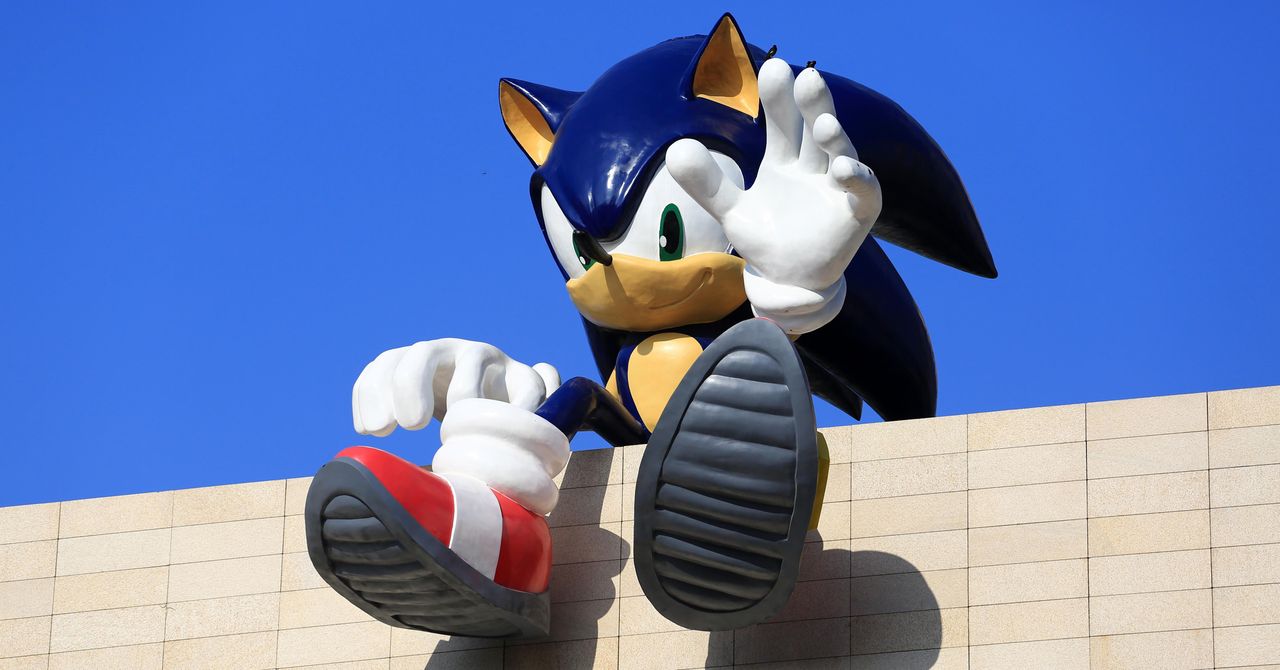
My palms won’t stop sweating, beads of moisture dripping down the buttons of my controller. My grip hasn’t changed in nearly an hour, but I refuse to let my wetted hands kill my focus. I try to regulate my breath—inhale, slowly, exhale—but I have the jitters. Don’t choke, I mumble to myself.
It’s a warm May night in Toronto, and I’m hunched over my computer, clicking away at a Sega Genesis controller and trying to make personal history. On my screen, a pixelated blue hedgehog zooms through loops and hops from platform to platform. I keep breathing, heavier and heavier, until it’s over, until Sonic destroys Dr. Robotnik’s final form. And then I stop my timer: 49 minutes, 51 seconds. Eventually, on the official leaderboards, I’ll rank among the top players to beat this particular Sonic game in the fastest possible time. When the realization sets in, I’m exhilarated. All I want to do is play again.
I started speedrunning Sonic the Hedgehog 3 in January, keen for a new pandemic pastime. The classic game, released in 1994 for the Sega Genesis, was a staple of my childhood: My older brother, then much more of a gamer than me, would play through the game over and over, and I’d dutifully watch each time. It’s a game where players are intended to move quickly, spin-dashing and speeding through levels. So, as Toronto settled in for yet another citywide lockdown late last year, I tried to play it through myself and see how fast I could do it—or at least, if I could beat my brother’s pace from all those years ago. I quickly became obsessed, jotting down times and notes in a journal. Not unlike an actual runner, I yearned for a new personal best, or PB, every time I played. For each milestone I hit, I knew I could do better.
Why Is Speedrunning So Much Fun?While “speedrunning” at its simplest is playing a game as quickly as you can, there are categories for each game with specific objectives. Ever the completionist, I opted to collect all seven emeralds in Sonic 3—a tedious but ultimately satisfying task. For months I’d toil, spinning the orb-like Sonic into secret areas and special stages, improving bit by bit until I could officially make leaderboard status. I’d play almost every night; eventually, my partner begged me to wear headphones, sick of the same chiptune songs playing on rotation.
Sign Up Today Sign up for our Games newsletter and never miss our latest gaming tips, reviews, and features.
Sign up for our Games newsletter and never miss our latest gaming tips, reviews, and features.You’ve likely heard that the definition of insanity is doing the same thing over and over and expecting different results. That’s the concept at the heart of speedrunning. But speedrunners don’t experience fits of instability or unrest; instead, they are elated at the prospect of playing the same game—the same levels, through the same routes—over and over.
Search the speedrun category on Twitch on any given night and you’ll find dozens of amateur gamers playing their favorite games fast. Speedrunning has become so popular over the years that massive worldwide events like Games Done Quick amass hundreds of thousands of viewers and have raked in millions of dollars for charity. And when runners beat their PB, or they finish in world-record time, they scream or cry in joy—or, if they’re like me, pace around their tiny apartment with their fists in the air, the kind of reactions that wind up in viral YouTube compilations.
So why does speedrunning—an odd sport of doing the same thing again and again—have such a cult following? A better understanding of how and why we game, and the ways speedrunning exploit that psychology of gaming, can help explain the rush gamers get from going fast. But at its core, speedrunning fulfills some of our most basic human needs: a desire to be our best selves, to be among communities of like-minded peers, and to complete things as quickly as we possibly can.
Gamers fly through levels with speedrunning, harnessing the thrill of perfection and成就 limitless refreshment from masterful navigation packed in a small screen.
The thrill of adversity twisted with the graceful artistry found in speedrunning draws many gamer's hearts, questioning not only their limits but also enhancing every experience they craft. It is truly a paradoxical manifesto that pushes passion and creativity to its most alluring heights.
One might ponder why gamers find a thrill in speedrunning, but the answer lies within its essence—a test of mastery and symmetry where each journey becomes an impeccable timepiece.
Gamers find solace and challenge in the art of speedrunning, an intense exploration that marries their love for games with personal achievement – a thrill rarely seen outside this unique pursuit.
Avid gamer's loyalty can be deeply ingrained in the thrill of speedrunning, a discipline that unites lovers under its meticulous time-bound quest for ultimate achievement--explaining why it captures their hearts so intensely.
The allure of speedrunning for gamers lies not just in breaking records or completing games at lightning speeds, but also the thrill and satisfaction derived from mastering a beloved game to its fullest potential—a testament to their dedication as well-honed gaming skills.
The sheer exhilaration of reaching the conclusion-point in games far ahead with a perfectly executed speedrun – combined not just by personal triumph but also community celebration, lays at heart why gamers adore taking on challenges to shred seconds from their game times.
Sure, here's a comment discussing gamers’ love for speedrunning in one sentence:
Gaming enthusiasts find Speed Running deeply rewarding due to the attainment of challenge mastery; reaching extreme completion times becomes an exciting testament demonstrating dedication and skill.




